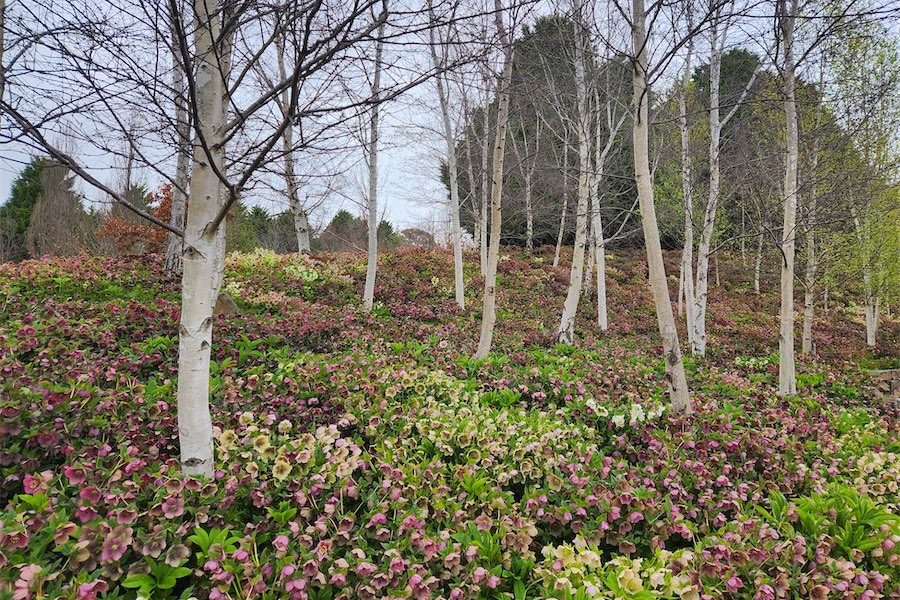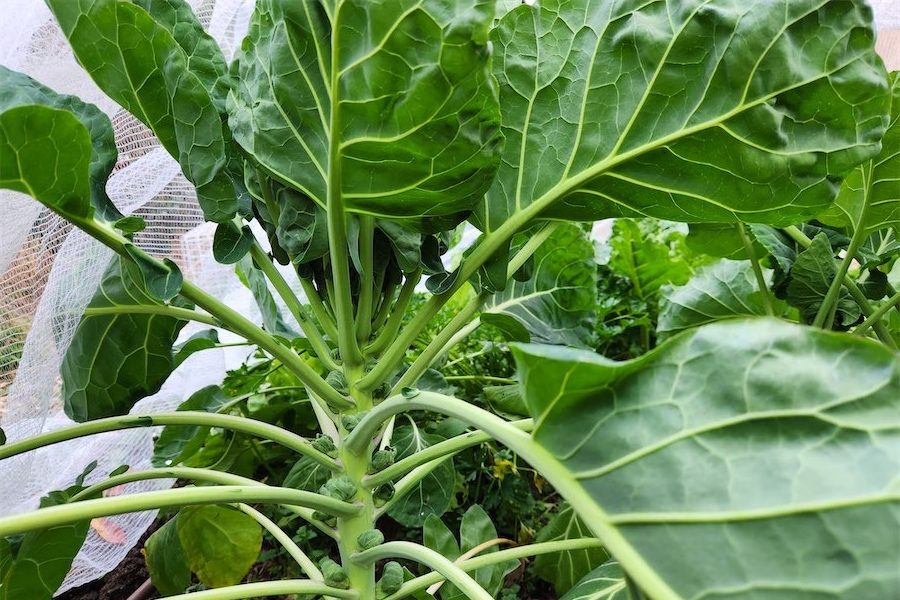
When the autumn leaves have fallen from shrubs and trees, it’s time to give them a little prune, says gardening writer JACKIE WARBURTON.
Pruning of crepe myrtles, deciduous hibiscus and any summer-flowering plants can be done now. Most importantly, it is not the time for spring-flowering deciduous shrubs such as Forsythias and Weigelas.

If you don’t know the name of a shrub and don’t know when to prune, a rule of thumb is that after flowering, give it a good clip or take a third of the current season’s growth to keep it in check.
After pruning, add compost and mulch around the base of the plant and water.
If the shrubs are evergreen, hold off pruning them. As a general rule, only prune evergreen hedges in their growing season.
Other pruning that can be done this time of year is the foliage on oriental hellebores. Its coarse, leathery leaves can look brown and tattered, so trimming leaves at the base of the plant will not only get rid of the old growth and any harbouring insects, but will allow light to get into the rhizome through winter to induce flowering.
There are a few different varieties that are available and stinking hellebores (Helleborus foetidus) is a must-have in the winter garden. It grows bigger than oriental hellebores and its foliage is fan-like. It is quite striking in a mass planting with flowers.
The most striking of them all and a real feature in a large winter garden, is the Corsican hellebore (Helleborus argutifolius). A small shrub, it grows to at least 70 cm tall and is considered the most robust of all the hellebores.
Its large, blue green leaves are sharply toothed and this variety is more sun tolerant than its counterparts.
Hellebores are not bothered by our frosts and, after flowering, oriental hellebores can be divided, transplanted and potted. However, the Corsican and stinking hellebores are better propagated by seed, which can be collected when the seed heads are dry. The seeds can be tossed into the garden where you want them to grow. It is not necessary to sow into punnets, unless you want more control with germination.
Hellebores like to grow in dry, shady areas and sometimes in places where nothing else will grow. They go dormant in summer and as the weather cools, they begin to grow. For this reason, they are a low water-use plant and, over time, can self-seed.

ALL winter vegetables should be in by now. Anything planted from now will not grow until the soil warms in mid-spring.
One of the most common and most successful winter vegetable crops to grow would be the brassicas and the slowest growing of them all is the brussel sprout.
If planted out in February, by now there should be signs of small heads on the side of the main stems. A little sprinkle of boron around the base of the plants will keep them growing strong, prevent hollow stems and encourage the heads to grow bigger.
Brussel sprouts like the colder weather and, most of all, it is important to net all brassicas with a fine mesh to prevent winter aphids and cabbage moths from eating the plants.
WINTER-flowering plants such pansies, violas and cyclamens can be planted and watered with seaweed solution after two weeks to keep them flowering right through winter.
Jottings
- Turn compost over and add manure to speed up decomposition.
- Pull weeds such as sticky weed, vetch and flick weed before they flower.
- Cut chrysanthemums to the ground after flowering.
- Prepare the ground for winter tree planting.
Who can be trusted?
In a world of spin and confusion, there’s never been a more important time to support independent journalism in Canberra.
If you trust our work online and want to enforce the power of independent voices, I invite you to make a small contribution.
Every dollar of support is invested back into our journalism to help keep citynews.com.au strong and free.
Thank you,
Ian Meikle, editor





Leave a Reply